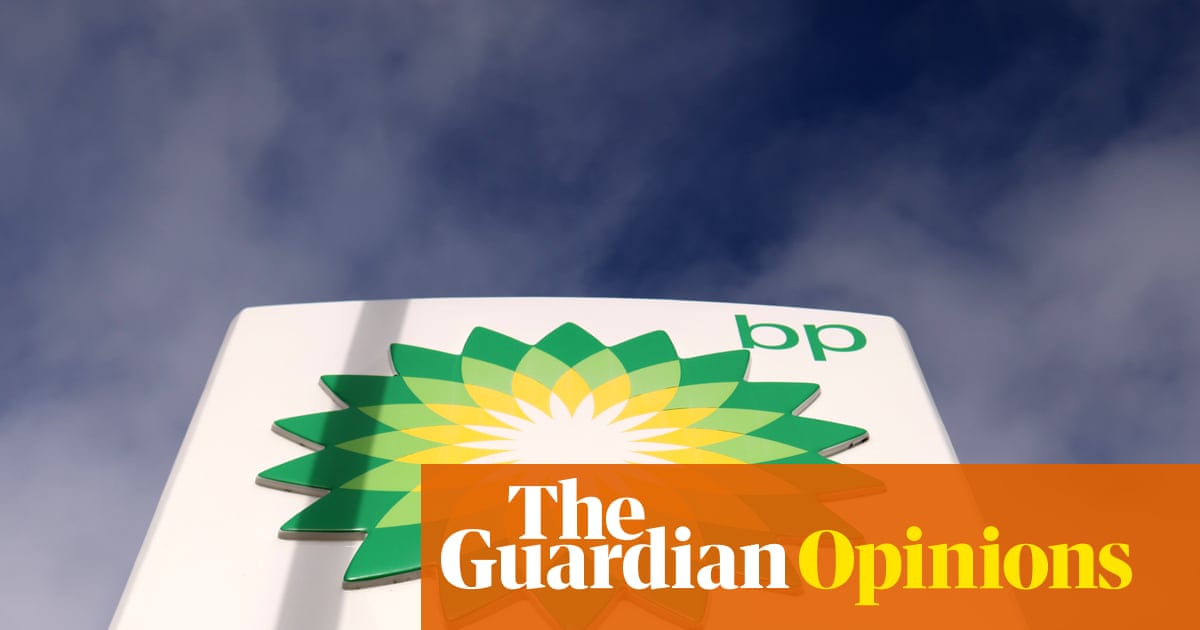Grand corporate strategies are launched in weighty declarations by chief executives who fancy themselves as visionaries. That was how Bernard Looney, the then chief executive of BP, did it back in February 2020 when he said the company would get serious about cutting greenhouse gas emissions and investing in renewables. “The direction is set. We are heading to net zero. There is no turning back,” Looney told his City audience.
By contrast, the watering down of ambition tends to happen in increments. Thus, when Looney last year scrapped BP’s aim to reduce hydrocarbon output by 40% by 2030, versus 2019’s level, in favour of a 25% cut, he claimed the change was a case of “leaning in” to the same strategy, just in the new circumstance of a world that was worrying more about energy security after Russia’s invasion of Ukraine.
And now comes today’s BP chief executive, Murray Auchincloss, with his own adjustment. This one is genuinely more of a tweak: BP will slow its investment in low-carbon projects, which mostly means offshore wind in this case. The intention – at least for now – is still to complete the 9.5GW of capacity in unbuilt off-shore projects in the UK, Germany and the US. But don’t expect to see BP turbine blades start spinning until late in this decade, and don’t expect the company to bid for more wind licences unless the circumstances are truly exceptional. The corporate game is now about delivering “a simpler, more focused and higher value company”.
after newsletter promotion
BP, it should be said, is still streets ahead of most of its rivals in terms of its transition strategy. Chevron and ExxonMobil in the US, for example, are unembarrassed about their determination to be oily for longer. And BP is the only major to have a formal target to reduce oil and gas output. It is why Auchincloss can still maintain that his refrain about moving from “IOC to IEC” – from international oil company to integrated energy company – is intact.
Yet his next action will be the one to watch. The stock market, as everybody knows by now, is rewarding the US titans with higher share ratings because they have an easier financial story to tell: energy transition globally is happening at a slower pace than imagined a few years ago, and their expertise lies in oil and gas, where immediate demand is still high.
BP, by contrast, is in “trust us” financial territory for what it calls its “five transition growth engines”, which also include biogas, electric vehicle charging points, hydrogen and – nonsensically – convenience stores on forecourts. Since it hasn’t actually built any windfarms yet, it is not in position to demonstrate achieved returns. Therein lies its credibility issue with the market.
So where does Auchincloss go next? As the continuity choice for the top job, radical change was never on the cards in year one. But you have to wonder what year two will bring. Would anyone be surprised if BP’s renewables ambitions were scaled back again? Increments add up, and Looney’s “no turning back” mantra feels a long time ago.

